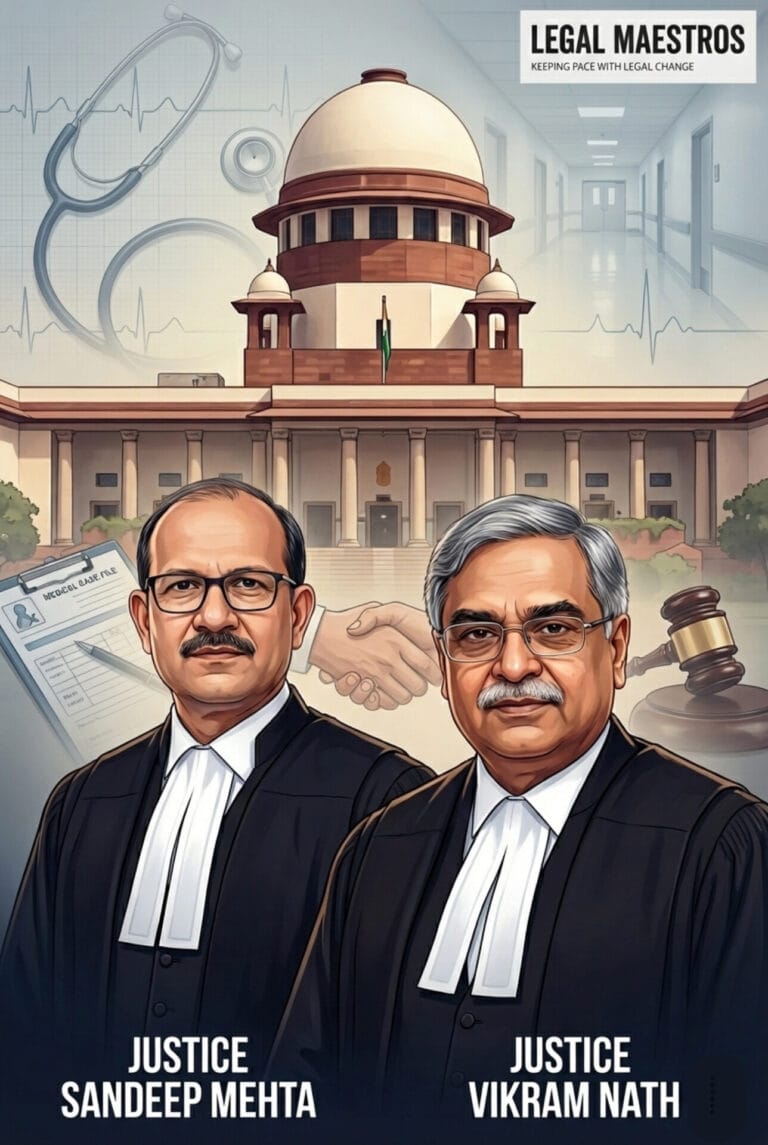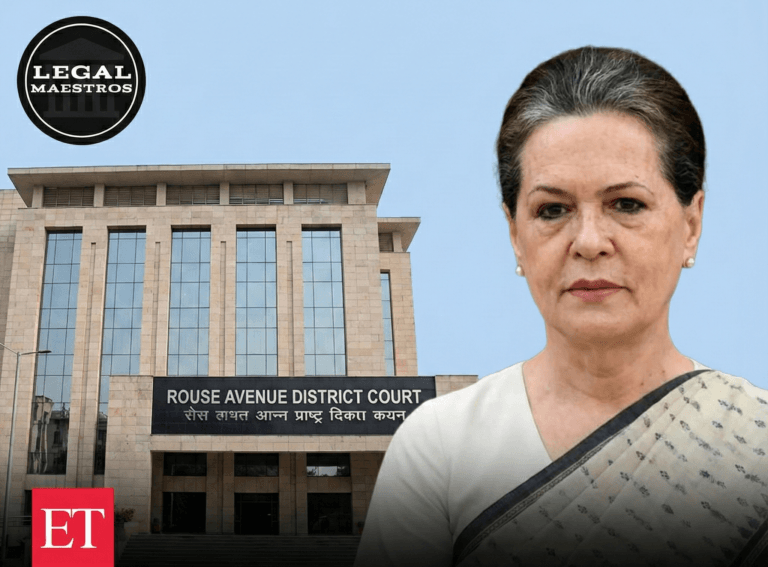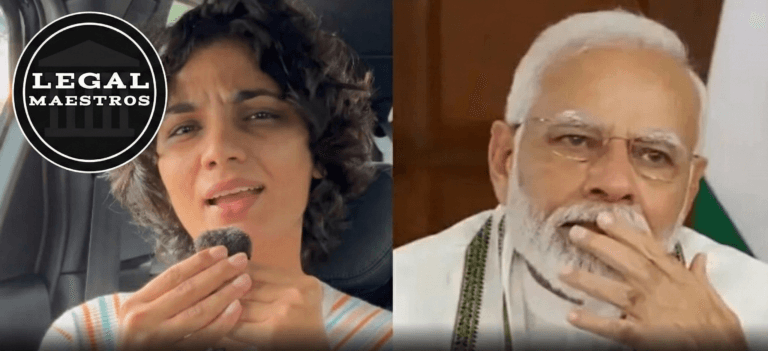
Examining the Misuse of Section 144 of the CrPC: Legal and Constitutional Implications for Personal Freedoms and Public Order
In India, maintaining public order and ensuring the safety of citizens are paramount responsibilities of the state. To fulfill these duties, authorities are vested with certain powers, one of which is encapsulated in Section 144 of the Code of Criminal Procedure (CrPC). This provision gives executive magistrates the power to issue orders in urgent cases of nuisance or apprehended danger. However, the application of Section 144 has been a subject of extensive debate, particularly concerning its potential misuse and the consequent implications for individual freedoms and constitutional rights.
**Understanding Section 144 of the CrPC
For any queries or to publish an article or post or advertisement on our platform, do call at +91 6377460764 or email us at contact@legalmaestros.com.
Section 144 empowers an executive magistrate to impose restrictions when there is an imminent threat to public tranquility. The magistrate can direct any person or group to abstain from a particular act or take certain order with respect to property in their possession or under their management. The essence of this provision is preventive; it aims to preempt actions that could lead to public disorder or pose a threat to safety.
The Section 144 orders can be against anyone or the public generally in a particular local area. Such orders are always time-bound-they are not more than two months unless such order is approved by the state government for any further period under the certain conditions. The Section 144 is very wide and also encompasses a lot of things, including that it acts to prevent the gathering of five persons, holding public meetings, and even carrying weapons.
**Legal and Constitutional Implications**
Although Section 144 is an aid to maintaining public order, its use has deep-rooted legal and constitutional consequences. The central point of debate would be regarding violation of the constitutional rights that a citizen is granted under the Constitution of India, most importantly:
1. **Freedom of Speech and Expression (Article 19(1)(a))**: Restrictive orders against assemblies and public demonstrations may deprive people of voicing their thoughts together.
2. **Right to Assemble Peaceably and Without Arms (Article 19(1)(b))**: Prohibiting assemblies under Section 144 directly affects the right of citizens to congregate peacefully.
3. **Right to Move Freely Throughout the Territory of India (Article 19(1)(d))**: Restrictions on movement within certain areas can contravene this constitutional guarantee.
The Supreme Court of India has addressed the application of Section 144 in various judgments. In the case of *Babulal Parate v. State of Maharashtra* (1961), the Court upheld the constitutionality of Section 144, stating that the provision is designed to prevent disorders and disturbances of public tranquility. However, the Court also emphasized that the power conferred by this section is not arbitrary and is subject to judicial review.
More recently, the Supreme Court has identified the misuse of Section 144 in checking protests and has pointed out the tendency to pass orders under this section just because a protest is likely. The Court warned that such practices could send the wrong signal and urged careful and judicious application of the provision.
**Instances of Alleged Misuse**
– **Banning Protests**: Section 144 has also been imposed as a way to prevent protests against some governmental policies, which is supposed to suppress dissent, and violate the democratic principles as well.
– **Surveillance Measures**: One research titled “The Use and Misuse of Section 144 CrPC” showed that the high percentage orders under this section was for installing closed-circuit television cameras (CCTVs) inside private establishments. Such an action goes with the unwarranted surveillance and infringement of their right to privacy.
– **Unduly Extended Restrictions**: Section 144 orders have even been extended when no justification or compelling reason warranted the extension with regard to the cessation of curtailed personal freedom beyond the permissible period.
Balancing Public Order and Personal Freedoms
The debate on Section 144 focuses on the balancing act between the responsibility of the state to maintain public order and protection of the rights of the individuals. While it is true that this provision has helped in averting a probable threat to peace, misuse can suppress genuine democratic expressions.
Application of Section 144:
– **Clear Justification**: There should be clear and specific reasons for invoking Section 144. The authorities must demonstrate that such measures are necessary to prevent a tangible threat.
– **Time-bound Application**: Orders under Section 144 should be strictly time-bound and not extended without a thorough assessment of the prevailing situation.
– **Judicial Oversight**: There should be provisions for prompt judicial review of orders issued under Section 144 to prevent arbitrary use.
– **Public Transparency**: Authorities must maintain transparency and inform the public about the reasons for imposing restrictions and the duration expected.
**Conclusion**
Section 144 of the CrPC is a powerful tool designed to maintain public order and prevent disturbances. However, its application must be balanced against the fundamental rights of individuals. While the provision is constitutionally valid, its misuse can lead to significant legal and ethical concerns. This power must be exercised with care by the authorities to ensure that the restrictions are necessary, proportionate, and subject to proper checks and balances. It is vital to the working of a democratic society to maintain the fine balance between public order and personal freedoms.







